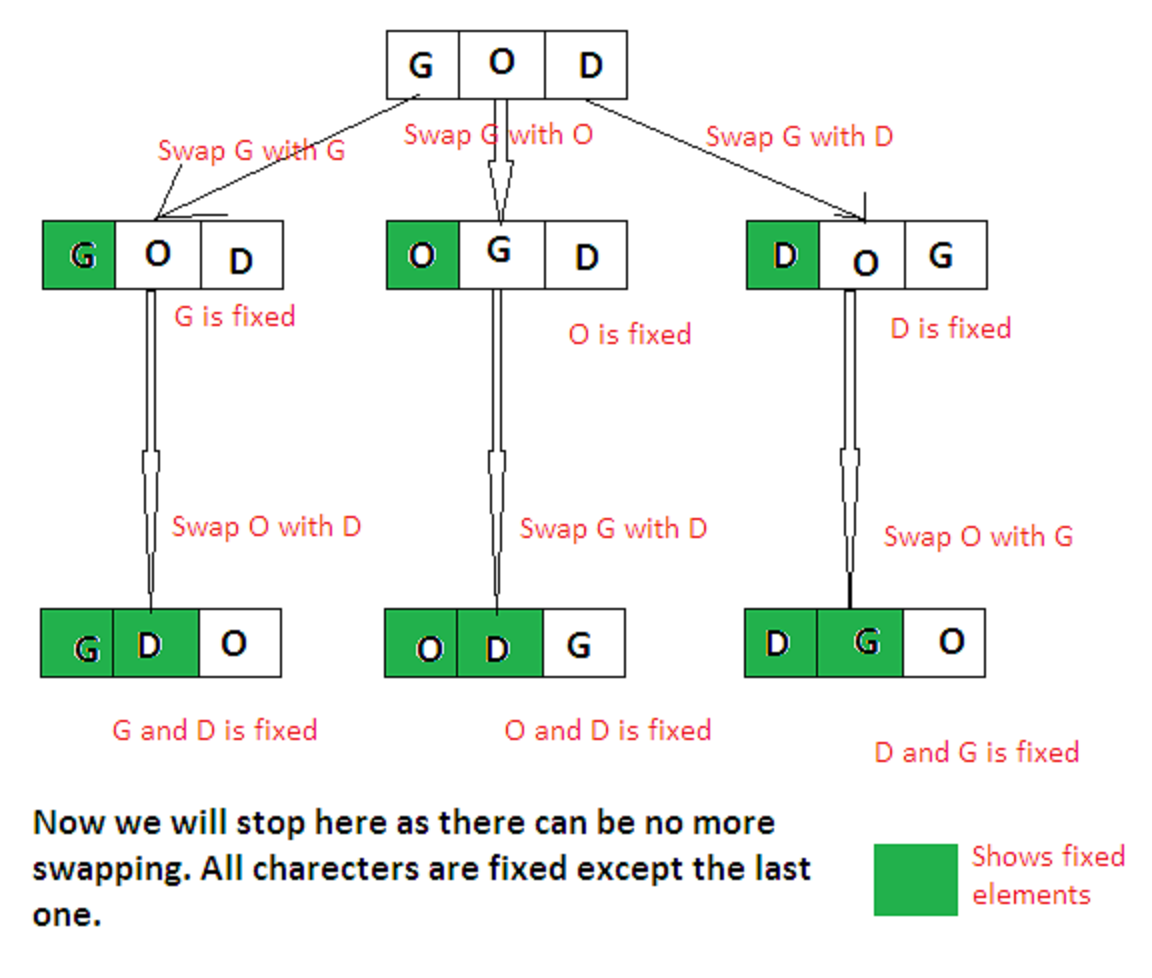

Paul Erdős, one of the most prolific mathematicians in history, remained unconvinced until he was shown a computer simulation demonstrating Savant's predicted result. Even when given explanations, simulations, and formal mathematical proofs, many people still did not accept that switching is the best strategy. After the problem appeared in Parade, approximately 10,000 readers, including nearly 1,000 with PhDs, wrote to the magazine, most of them calling Savant wrong. Many readers of Savant's column refused to believe switching is beneficial and rejected her explanation. Other possible behaviors of the host than the one described can reveal different additional information, or none at all, and yield different probabilities.

Another insight is that switching doors is a different action from choosing between the two remaining doors at random, as the former action uses the previous information and the latter does not. A key insight is that, under these standard conditions, there is more information about doors 2 and 3 than was available at the beginning of the game when door 1 was chosen by the player: the host's action adds value to the door not eliminated, but not to the one chosen by the contestant originally. The given probabilities depend on specific assumptions about how the host and contestant choose their doors. When the host provides information about the 2 unchosen doors (revealing that one of them does not have the car behind it), the 2 / 3 chance of the car being behind one of the unchosen doors rests on the unchosen and unrevealed door, as opposed to the 1 / 3 chance of the car being behind the door the contestant chose initially. This probability does not change after the host reveals a goat behind one of the unchosen doors. When the player first makes their choice, there is a 2 / 3 chance that the car is behind one of the doors not chosen. Under the standard assumptions, the switching strategy has a 2 / 3 probability of winning the car, while the strategy of sticking with the initial choice has only a 1 / 3 probability. Savant's response was that the contestant should switch to the other door. 2?" Is it to your advantage to switch your choice? He then says to you, "Do you want to pick door No. 1, and the host, who knows what's behind the doors, opens another door, say No. Suppose you're on a game show, and you're given the choice of three doors: Behind one door is a car behind the others, goats. Whitaker's letter quoted in Marilyn vos Savant's "Ask Marilyn" column in Parade magazine in 1990: It became famous as a question from reader Craig F. The problem was originally posed (and solved) in a letter by Steve Selvin to the American Statistician in 1975.

The Monty Hall problem is a brain teaser, in the form of a probability puzzle, loosely based on the American television game show Let's Make a Deal and named after its original host, Monty Hall.

The game host then opens one of the other doors, say 3, to reveal a goat and offers to let the player switch from door 1 to door 2. In search of a new car, the player picks a door, say 1.


 0 kommentar(er)
0 kommentar(er)
